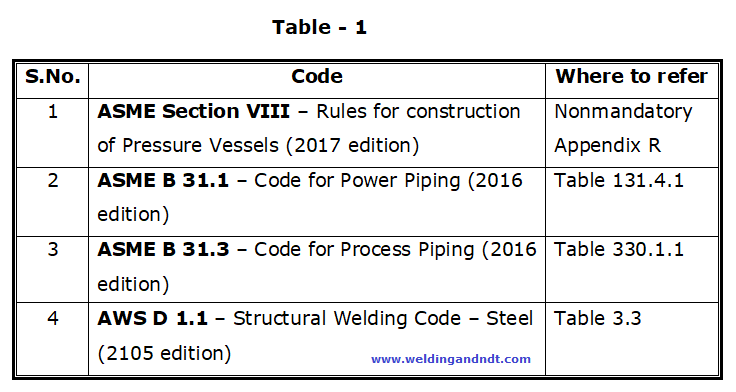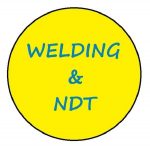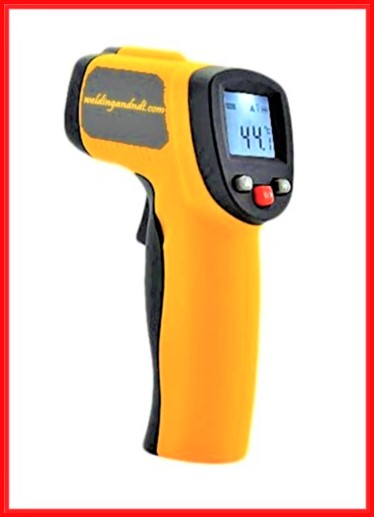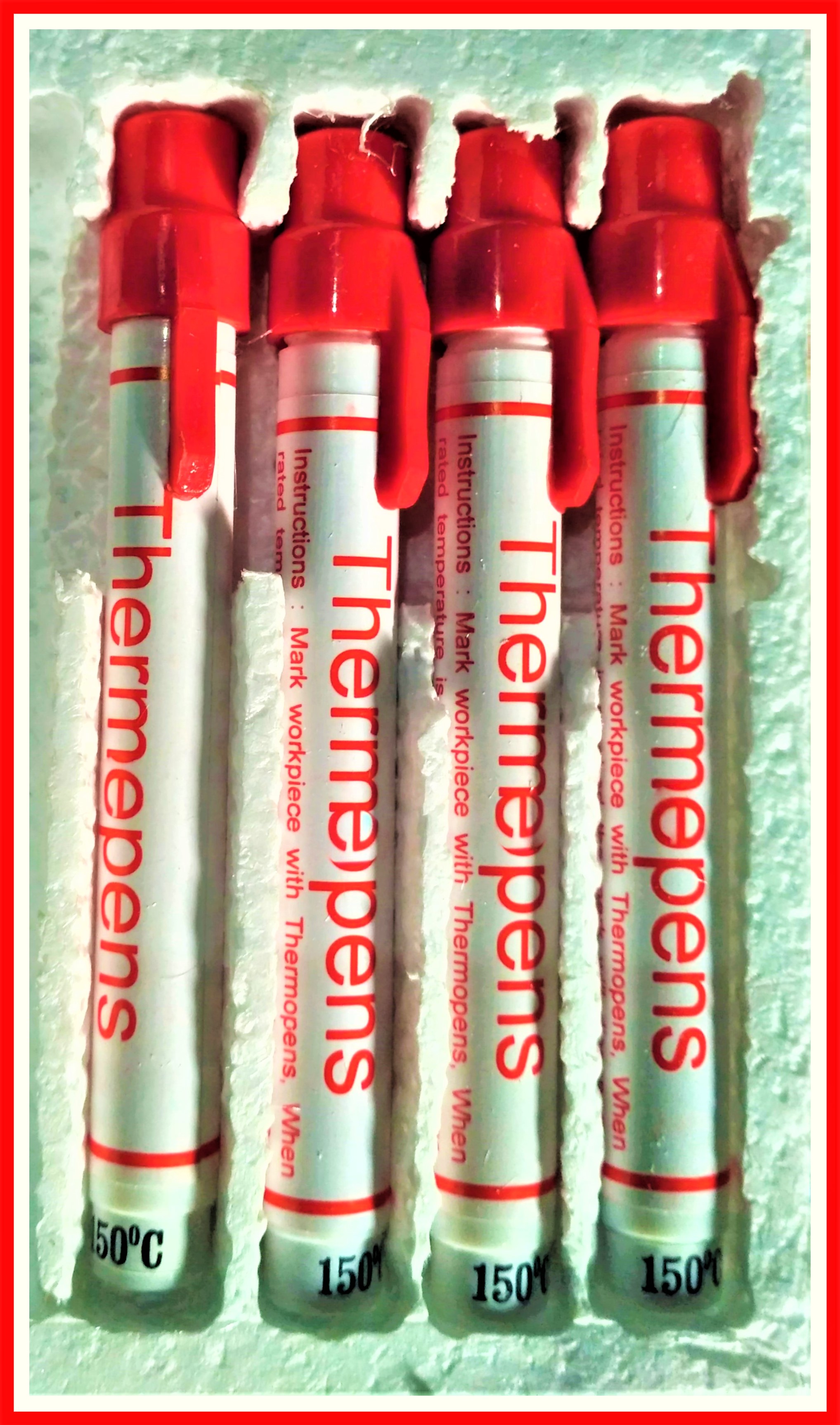Heating the base metal to a specific desired temperature before welding is called as preheating. The temperature at which the base metal is heated is called as the preheat temperature. Preheat temperature can be determined by the applicable code. Please see table 1 to know how to find the preheat temperature in the respective code:

In absence of code, the following factors shall be considered for determining the preheat temperature; these are:
- Base metal thickness
- Surrounding temperature
- Base metal composition
- Hydrogen content of electrode
- Operational requirements
However, in general preheat is required above 25 mm thickness, but other factors shall always be considered before determining the preheat temperature.
Why preheating is required?
Preheating is carried out for the following reasons;
- It slows down the cooling rate of weld metal, HAZ (heat affected zone) and adjacent base metals, which yields a good microstructure to the metal, prevents martensite formation at microstructural level and prevents from cracking of the weld metal and HAZ.
- Preheating removes the diffusible Hydrogen from the base metal and hence prevents the chances of Hydrogen induced cracking (HIC).
- It helps in reducing the expansion and contraction rate.
- It Burns the unwanted material or impurities (if any) present on the joint surface.
- Preheating also helps in achieving better mechanical properties such as notch toughness.
Oxy-fuel heating torches, Induction heaters, Infrared radiant pane heaters and electrical heaters are commonly used for preaheating a joint. It is recommended to preheat the joint from back side (other side), to ensure that the entire volume of metal, surrounding the joint, has been heated.
Digital infrared pyrometers (Figure 1) or thermal chalks (Figure 2) can be used for checking the temperature of the preheated item.
Figure 1
Figure 2
Once preheating is done, welding shall be started immediately and if metal thickness is very high or if surrounding temperature is very less or otherwise, temperature should be checked during the welding also. The interpass temperature shall also be maintained, in order to continue the subsequent weld passes.
Please watch the video (given below) for a better understanding on Preheating;
Also read: How to write a welding procedure specification (WPS)
Also read: Welding Symbols
Also read: Angle probe calculation for Ultrasonic test (UT)
Also read: Visual inspection of weld joint
Also read: CSWIP preparatory questions




Sir,Please guide on relationship between carbon equivalent and preheating in detail.
Sir,
Pls explain QW461.9 table from SECIX
As known with increasing CE demand for preheat increase accordingly. If look at IIW equation , the major effect of CE is comes from Carbon,
Carbon is a strong austenite reformer, tend to lower AC1 temp. so, material stay in austenite zone for longer time , thereby coarsen grains, metallurigcally it’s termed as austenite grain growth. This cause reduction in ductility
Next reason is carbide precipitation. Carbon has limited solubility in ferritic phase. upon cooling to room temp, the excess carbon will trapped and accumulate in between grain boundaries as carbide, resist deformation during expansion(thermal) and tend to crack. For this reasons, preheat will lower cooling rate, allow carbon to dissolve in austenite (sufficient time from preheat) and also allow material to go through recrystallization temp (below austenite grain growth), thereby we can get fine grains.
dear sir if inter-pass temperature not maintained during welding of any materials like CS, SS, ALLOY STEEL temperature goes up to 400 degree Celsius then what effect on weld joints please explain in Hindi/English and make a video on it.
Is it a 31.3 NFS code requirement to WELD AT least 30% of a heavy wall pipe? I always hear that you need to get 30% welded before turning off preheat or the weld needs to be cut out? Any information I can get on this would be appreciated and if so where can I find this information. We are working with b31.3 NFS 2010